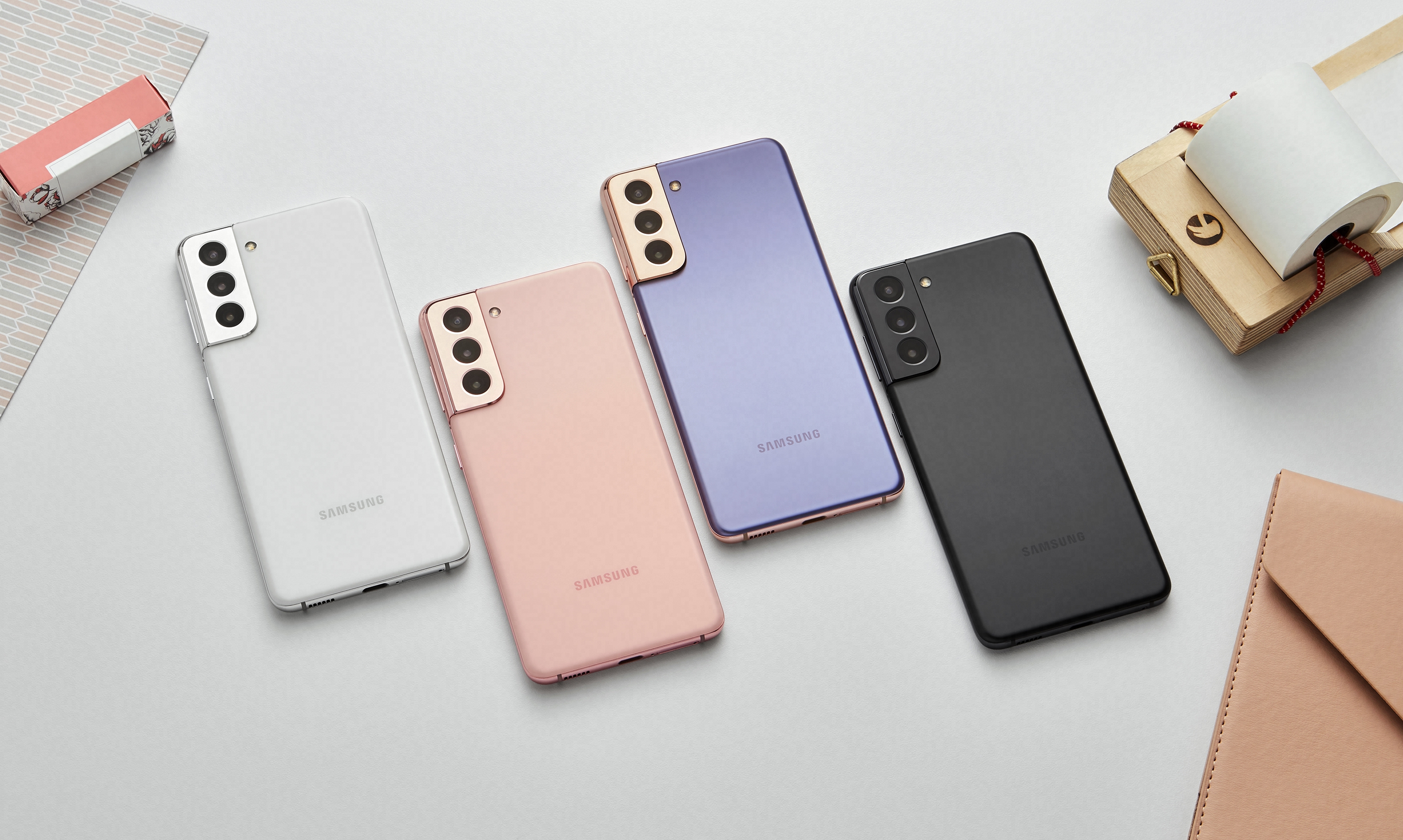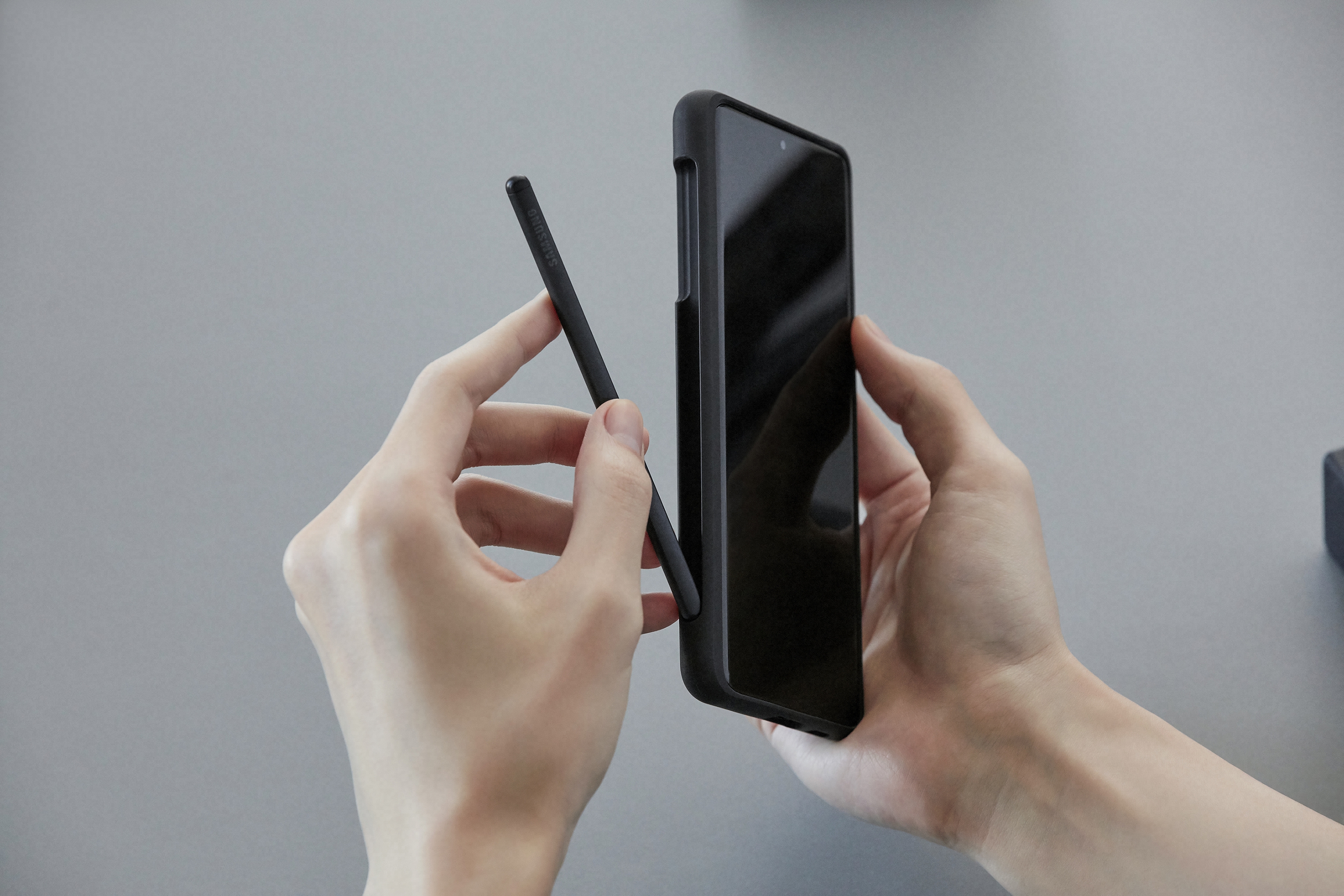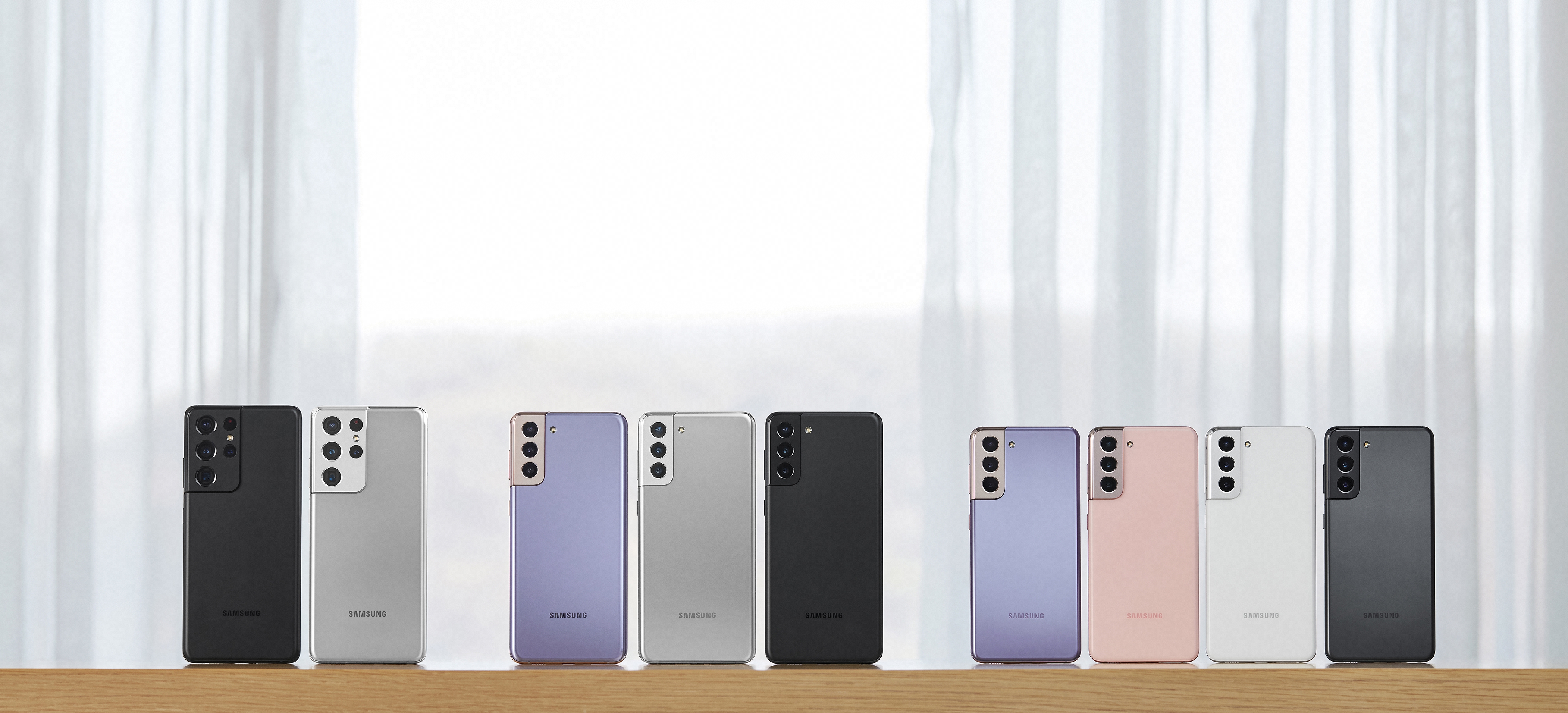News: Harness snags $85M Series C on $1.7B valuation as revenue grows 3x
Harness, the startup that wants to create a suite of engineering tools to give every company the kind of technological reach that the biggest companies have, announced an $85 million Series C today on a $1.7 billion valuation. Today’s round comes after 2019’s $60 million Series B, which had a $500 million valuation, showing a
Harness, the startup that wants to create a suite of engineering tools to give every company the kind of technological reach that the biggest companies have, announced an $85 million Series C today on a $1.7 billion valuation.
Today’s round comes after 2019’s $60 million Series B, which had a $500 million valuation, showing a company rapidly increasing in value. For a company that launched just three years ago, this is a fairly remarkable trajectory.
Alkeon Capital led the round with help from new investors Battery Ventures, Citi Ventures, Norwest Venture Partners, Sorenson Capital and Thomvest Ventures. The startup also revealed a previously unannounced $30 million B-1 round raised after the $60 million round, bringing the total raised to date to $195 million.
Company founder and CEO Jyoti Bansal previously founded AppDynamics, which he sold to Cisco in 2017 for $3.7 billion. With his track record, investors came looking for him this round. It didn’t hurt that revenue grew almost 3x last year.
“The business is doing very well, so the investor community has been proactively reaching out and trying to invest in us. We were not actually planning to raise a round until later this year. We had enough capital to get through that, but there were a lot of people wanting to invest,” Bansal told me.
In fact, he said there is so much investor interest that he could have raised twice as much, but didn’t feel a need to take on that much capital at this time. “Overall, the investor community sees the value in developer tools and the DevOps market. There are so many big public companies now in that space that have gone out in the last three to five years and that has definitely created even more validation of this space,” he said.
Bansal says that he started the company with the goal of making every company as good as Google or Facebook when it comes to engineering efficiency. Since most companies lack the engineering resources of these large companies, that’s a tall task, but one he thinks he can solve through software.
The company started by building a continuous delivery module. A cloud cost efficiency module followed. Last year the company bought open source continuous integration company Drone.io and they are working on building that into the platform now with it currently in beta. There are additional modules on the product roadmap coming this year, according to Bansal.
As the company continued to grow revenue and build out the platform in 2020, it also added a slew of new employees, growing from 200 to 300 during the pandemic. Bansal says that he has plans to add another 200 by the end of this year. Harness has a reputation of being a good place to work, recently landing on Glassdoor’s best companies list.
As an experienced entrepreneur, Bansal takes building a diverse company with a welcoming culture very seriously. “Yes, you have to provide equal opportunity and make sure that you are open to hiring people from diverse backgrounds, but you have to be more proactive about it in the sense that you have to make sure that your company environment and company culture feels very welcoming to everyone,” he said.
It’s been a difficult time building a company during the pandemic, adding so many new employees, and finding a way to make everyone feel welcome and included. Bansal says he has actually seen productivity increase during the pandemic, but now has to guard against employee burnout.
He says that people didn’t know how to draw boundaries when working at home. One thing he did was introduce a program to give everyone one Friday a month off to recharge. The company also recently announced it would be a ‘work from anywhere’ company post-COVID, but Bansal still plans on having regional offices where people can meet when needed.








